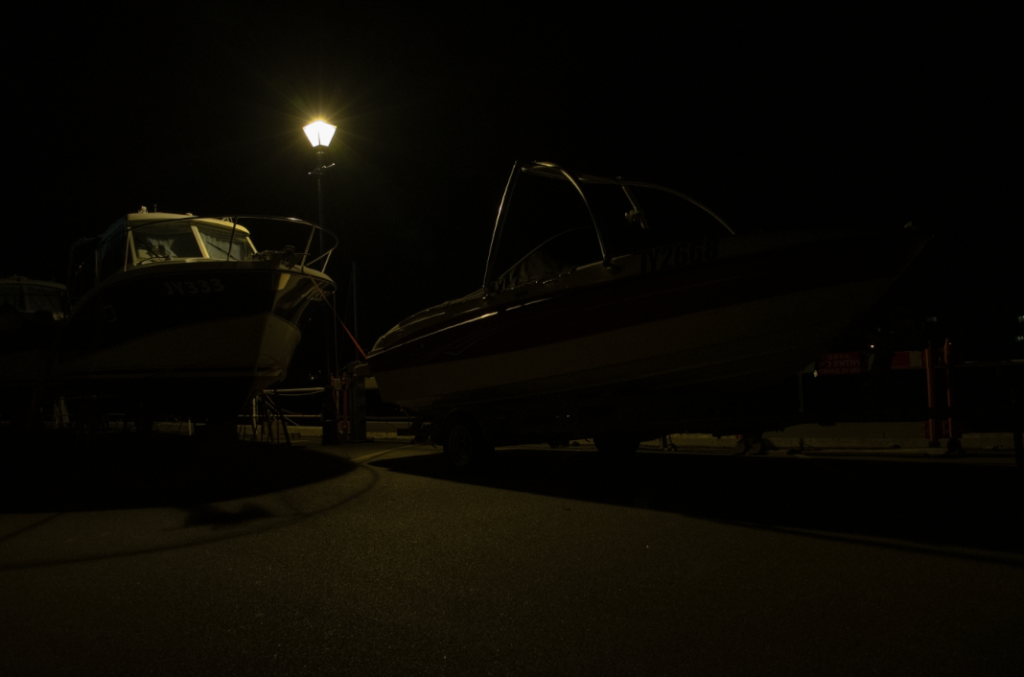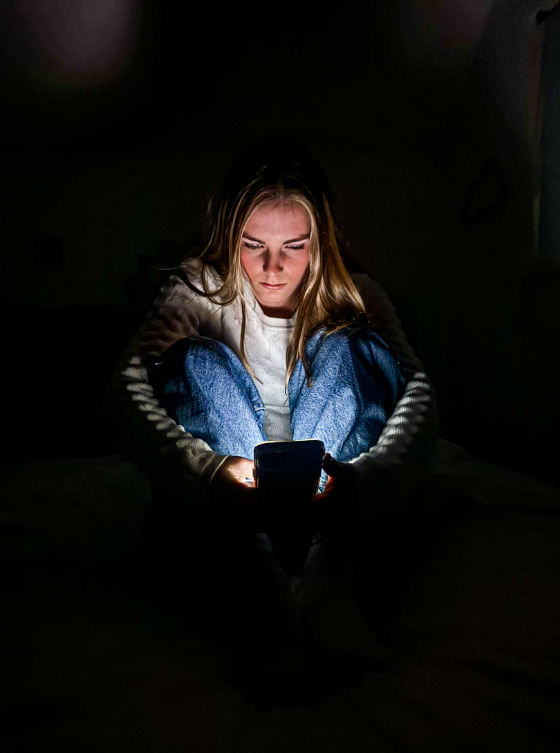
To choose my final images, I flagged all of the images I liked to put them into one place. I then colour coded the images to grade the to highlight my best images. Green being my favourite/best, and yellow being close to the best.

FINAL IMAGES:

This is one of my favourite images from all three shoots so far. I think that the composition of this image is almost perfect as the model fills the whole length of the frame and you are still able to see her figure. Furthermore, this image is very similar to my artist reference, Nancy Honey.

The natural lighting during this photoshoot made it challenging at times as the light was shining into the camera, however, I overcame this issue by changing my camera settings to make sure that it wasn’t over exposed. By doing this, when it came to editing these images I did not have to do much. Furthermore, I enjoyed staging this shoot by placing pillows in certain ways to create texture.






IMAGE COMPARISON/ ANALYSIS:

I chose to re-create this image of Nancy Honey’s as I believe it is a very strong image as it is a young girl trying on a bra with the label still on which suggests this could be her first bra. Furthermore, this image can be almost seen as the gate way into becoming sexualised through the male gaze. My version of this image is very similar as it both shows a bra from the back. However, in my image, the background is a wide open outside are which can be seen as scary to many people as it is the fear of the unknown.


(left) Nancy Honey- Daisy 1980-2010 (right) my own interpretation
Although the angle of these images aren’t quite the same, they both have many similarities. I like how within both images the models are making direct eye contact with the camera. By doing this, the models can be seen as strong individuals while they are opening up to the possibilities of being sexualised and being vulnerable.
EVALUATION:
I believe that my photoshoots have gone well. However, I could have benefited from taking more images which would allow me to have a larger variety of images. I think that I have stuck with the theme as well as my artist reference Nancy Honey. My next photoshoots will be more focused on my other artist which I have studied Cindy Sherman.







































































































































































